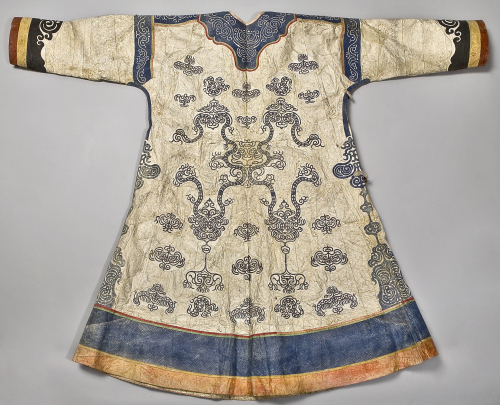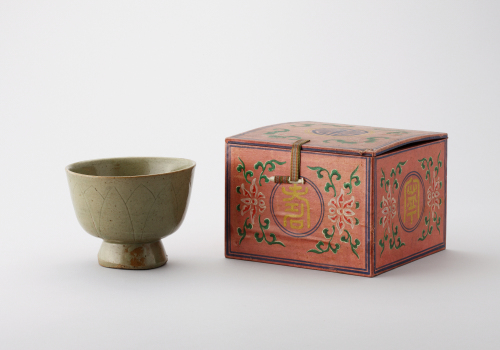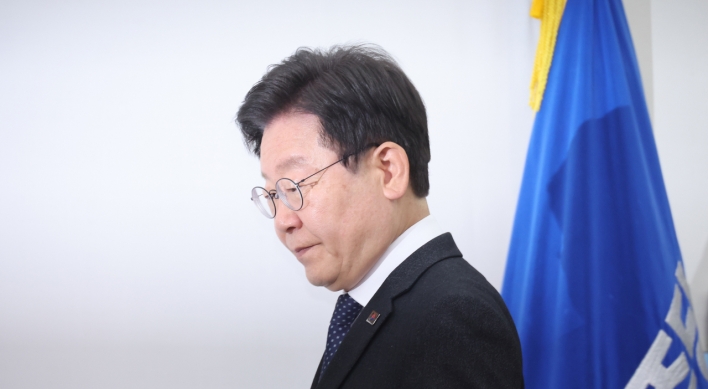Celebrating the 20th anniversary of the establishment of diplomatic relations between Korea and Russia, the National Folk Museum of Korea, in conjunction with Russia’s Peter the Great Museum of Anthropology and Ethnography, is launching a special exhibition on Eurasian culture from Nov. 24 to March 14 of next year.
The exhibition, “Path Toward: the Cultural Unity of the Peoples of Eurasia,” features 654 Eurasian and Korean artifacts on loan from Peter the Great Museum of Anthropology and Ethnography in St. Petersburg. Opened in 1914, the institution was the first national museum of Russia, and is one of the oldest ethnographical museums in the world.
Taking the form of a journey from Russia to Korea, the exhibition begins with an introduction to St. Petersburg, a city of Russia where the Peter the Great Museum is located. In this part of the exhibition, early collections of the Russian museum are showcased, including an exquisite, 18th century needle holder that is made of seal bones used by the Chukchi people. The Chukchi are an indigenous people living in the Artic, Bering Sea region of Russia.
The second part of the exhibition features the extremely diverse culture of Eurasia, showcasing various relics of different ethnic groups in central Asia and the vast region of Siberia. While 19th century wooden wedding coronets reflect the simple lifestyle of the northern Russians, a carpet made by the late 19th century settlers of Central Asia displays splendid colors and patterns with its high quality silk fabric.
The exhibition, “Path Toward: the Cultural Unity of the Peoples of Eurasia,” features 654 Eurasian and Korean artifacts on loan from Peter the Great Museum of Anthropology and Ethnography in St. Petersburg. Opened in 1914, the institution was the first national museum of Russia, and is one of the oldest ethnographical museums in the world.
Taking the form of a journey from Russia to Korea, the exhibition begins with an introduction to St. Petersburg, a city of Russia where the Peter the Great Museum is located. In this part of the exhibition, early collections of the Russian museum are showcased, including an exquisite, 18th century needle holder that is made of seal bones used by the Chukchi people. The Chukchi are an indigenous people living in the Artic, Bering Sea region of Russia.
The second part of the exhibition features the extremely diverse culture of Eurasia, showcasing various relics of different ethnic groups in central Asia and the vast region of Siberia. While 19th century wooden wedding coronets reflect the simple lifestyle of the northern Russians, a carpet made by the late 19th century settlers of Central Asia displays splendid colors and patterns with its high quality silk fabric.

Other featured items include a religious mask of the Evenks of the late 19th century, one of the indigenous peoples of the Russian North. Deeply influenced by Shamanism, the Evenks believed wearing the mask, which symbolized the ghost spirits of their ancestors, would protect them against all odds in life. Then there is a late 19th century woman’s coat made of salmon skin worn by the Nanai people, which is exquisitely decorated with drawings of birds and snakes. The Nanis live along the Amur River, which forms the border between the Russian Far East and northeastern China. Through the ages they’ve formed many folk tales of their own surroundings, the Amur River, and birds and snakes ― as appeared on the coat ― often appear in their stories.

The last part of the exhibition showcases relics of Korea that are currently owned by the Russian museum. The most notable item is an 11th century celadon glass with lotus flower pattern from Korea’s Goryeo Kingdom. King Gojong (1852-1919) of Joseon presented the artifact in a specially prepared case as a gift to Karl Ivanovich Weber, Russia’s first consul general in Korea. Weber, who was stationed in Joseon from 1885 to 1897, also took a refined Joseon candlestick decorated with patterns of a dragon and phoenix back to Russia. The candlestick, which is believed to have once belonged to the royal court of Joseon, is also on display.

Yuri Chistov, director of Peter the Great Museum, visited Korea ahead of the exhibition opening. “Honestly speaking, I don’t think Koreans and Russians know well about each other yet,” he told a press conference in Seoul on Tuesday. “I hope to see more cultural exchange between the two countries after this exhibition.”
Admission is free of charge. For more information, call (02) 3704-3114.
By Claire Lee (clairelee@heraldcorp.com)




![[Herald Interview] 'Amid aging population, Korea to invite more young professionals from overseas'](http://res.heraldm.com/phpwas/restmb_idxmake.php?idx=644&simg=/content/image/2024/04/24/20240424050844_0.jpg&u=20240424200058)











![[KH Explains] Korean shipbuilding stocks rally: Real growth or bubble?](http://res.heraldm.com/phpwas/restmb_idxmake.php?idx=652&simg=/content/image/2024/04/25/20240425050656_0.jpg&u=)

